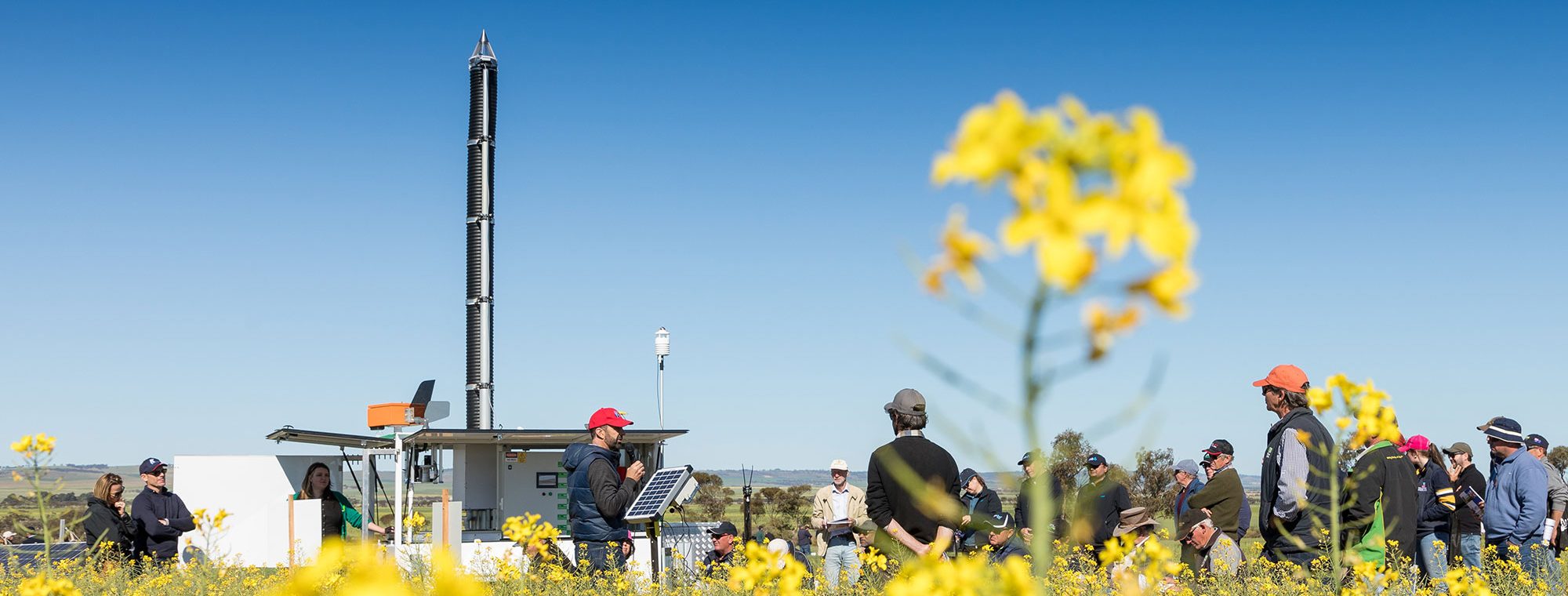As part of the iMapPESTS project, SARDI are recording aphid captures at Giles Corner Riverton (just north of Tarlee) in the high suction trap. During the second half of October, we’ve observed flights of many of the grains aphids:
These reports are expected as crops and grasses start to ripen and become less attractive, which causes aphids to migrate as temperatures rise in spring.
For data, visit the iMapPESTS Giles Corner trial dashboard.
Migration unlikely to cause yield loss
Migrating aphids are not attracted to remaining crops and won’t build up to damaging levels.
Migrating RWA can cause light symptoms on the flag leaf by making test probes but this will not cause any issues for yield.
In the right conditions, the oat aphid and corn aphid can transmit viruses but even if they did, yield loss will not occur in cereals infested at this developmental stage .
All these aphids will be looking for summer host plants. They especially prefer younger plants. If you have recently cut hay, it’s likely these aphids will get into the regrowth. So, keep an eye open for aphids on these plants. RWA is especially easy to spot on regrowth.
Outlook for next autumn
The survival of host plants over summer will be the deciding factor for how many of these aphids will be present in the next autumn when new crops go in.
Results from the GRDC project ‘Russian Wheat Aphid Risk Assessment and Regional Thresholds’ showed that barley grass germinating early in February can potentially increase RWA risks for autumn crops (Van Helden et al 2021).
Controlling weeds and volunteer crops (the ‘green bridge’) before you begin sowing will help limit populations of aphids and other soft-bodied pests and disease. For more information on managing the green bridge, see the GRDC Green Bridge Factsheet.
References
M Van Helden, T Heddle, C Proctor, L Alhwash, B Wake, F Al-Jawahiri. 2021. Noncrop Host Plant Associations for Oversummering of Diuraphis noxia in the State of South Australia. Journal of Economic Entomology, 2021 https://doi.org/10.1093/jee/toab191

